
1. Shoes on the Danube promenade, Budapest
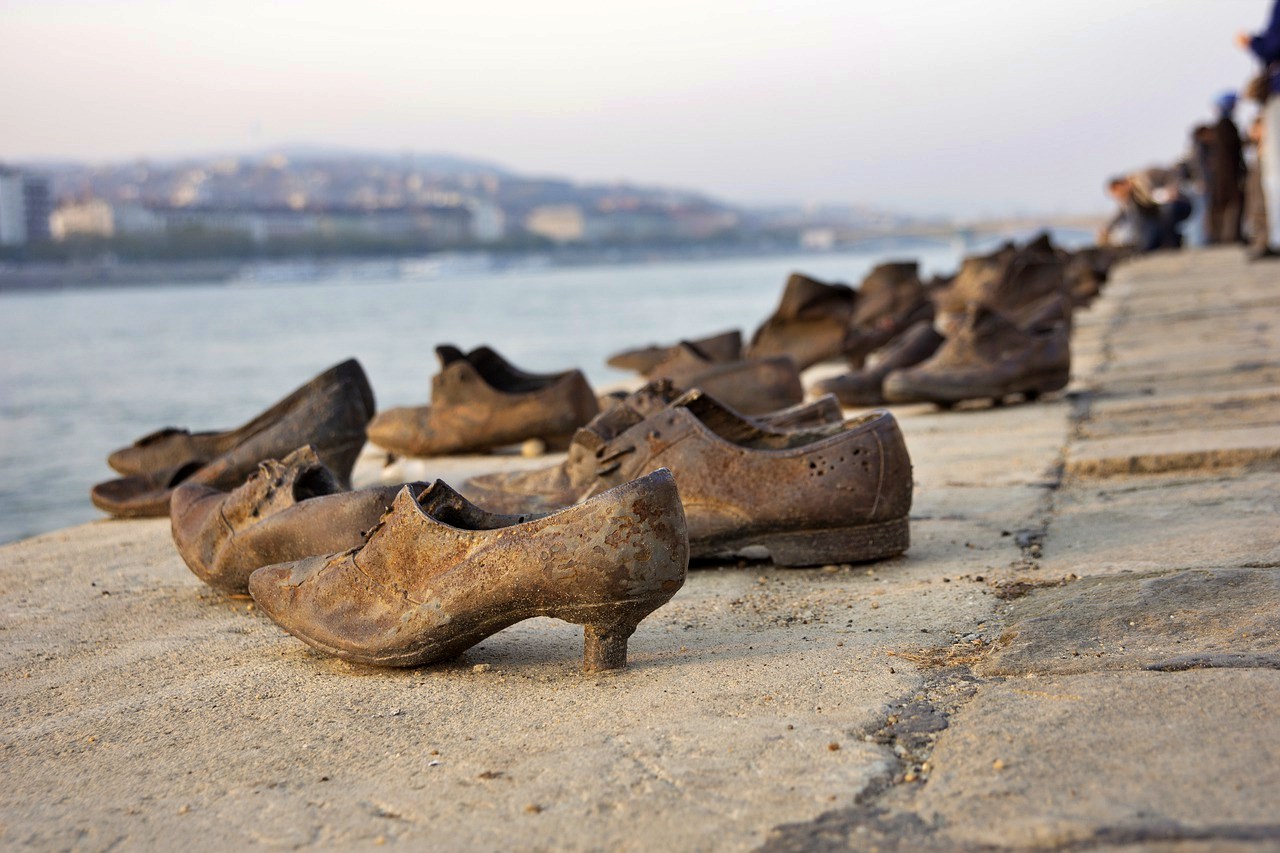
This fascist, anti-semitic organization brutally terrorized the Jews in Budapest, beating and killing them. While 80,000 Jews were expelled from Hungary to Austria, around 20,000 were shot along the banks of the Danube River.
They were initially forced to remove their shoes at gunpoint, as these were a valuable commodity. The Jews had to then face their executioner and were brutally shot, falling into the freezing waters below.
Film director Can Togay worked with sculptor Gyula Pauer to create a haunting tribute to this terrible time. Along the banks of the Danube River, the monument features 60 pairs of 1940s-style shoes, sculpted from iron.
This simple, but chilling memorial features men’s work boots, women’s heeled shoes, businessmen’s loafers and even tiny children’s shoes. The monument illustrates how no one, regardless of their gender, age or occupation, was spared. While it stands as a grim reminder of the horrors of war, it is also a beautiful place of reverence and reflection.
The memorial is marked with cast iron signs reading in English, Hungarian and Hebrew, “To the memory of the victims shot into the Danube by Arrow Cross militiamen in 1944–45. Erected 16 April 2005.”
2. Panoptikum Labyrinth, Castle Hill
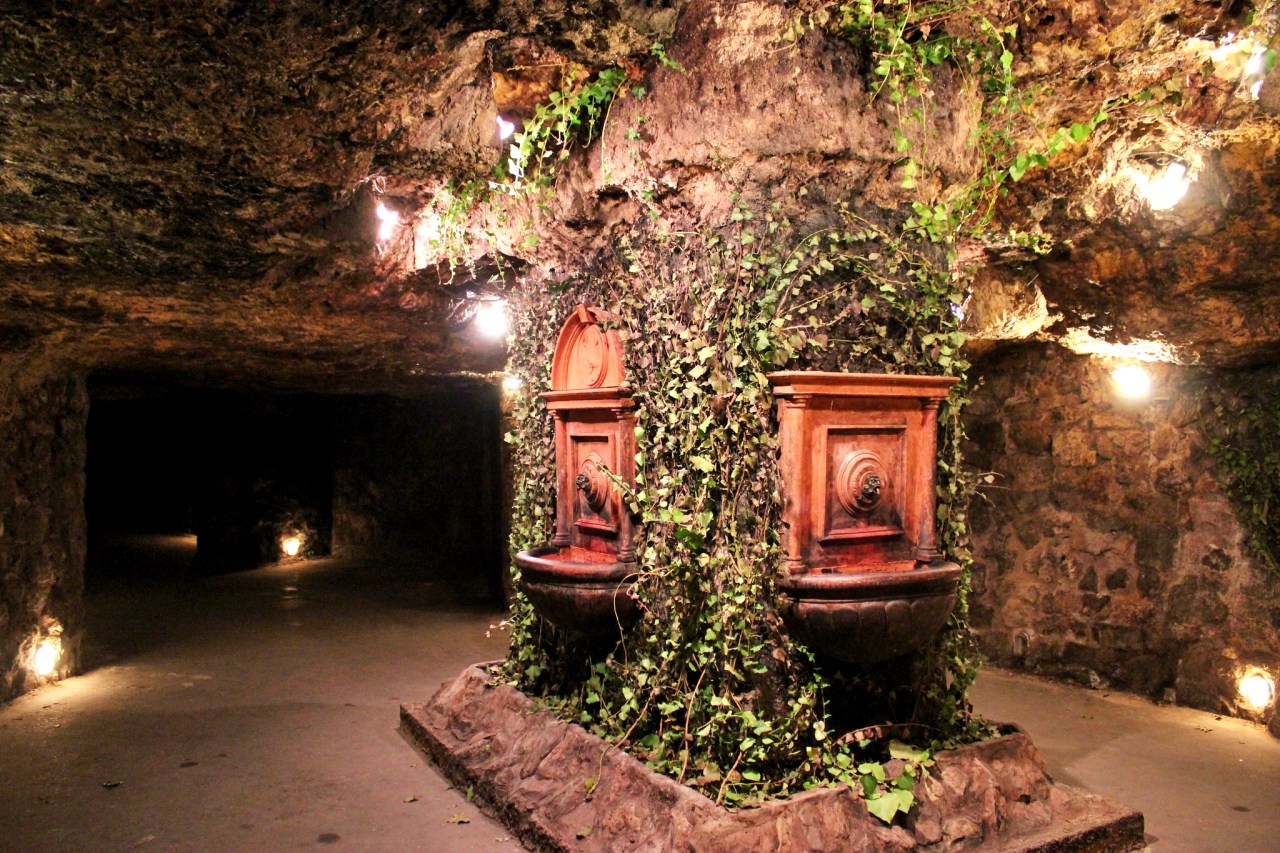
There is no map or guidebook to tell you the way, except for a few signs in the damp chambers of the labyrinth. Around midway is the Maze of Darkness, where visitors hold on to a green garden hose and walk through total darkness for around five minutes.
As they head towards the end, visitors will pass “Dracula’s chamber,” where a coffin stands in blue light. Here, rusty shackles are bolted to the wall as well as a “torture cage.” Needless to say, this attraction isn’t child-friendly but is a true adventure for those who have nerves of steel.
3. Buda Castle Funicular, Budapest
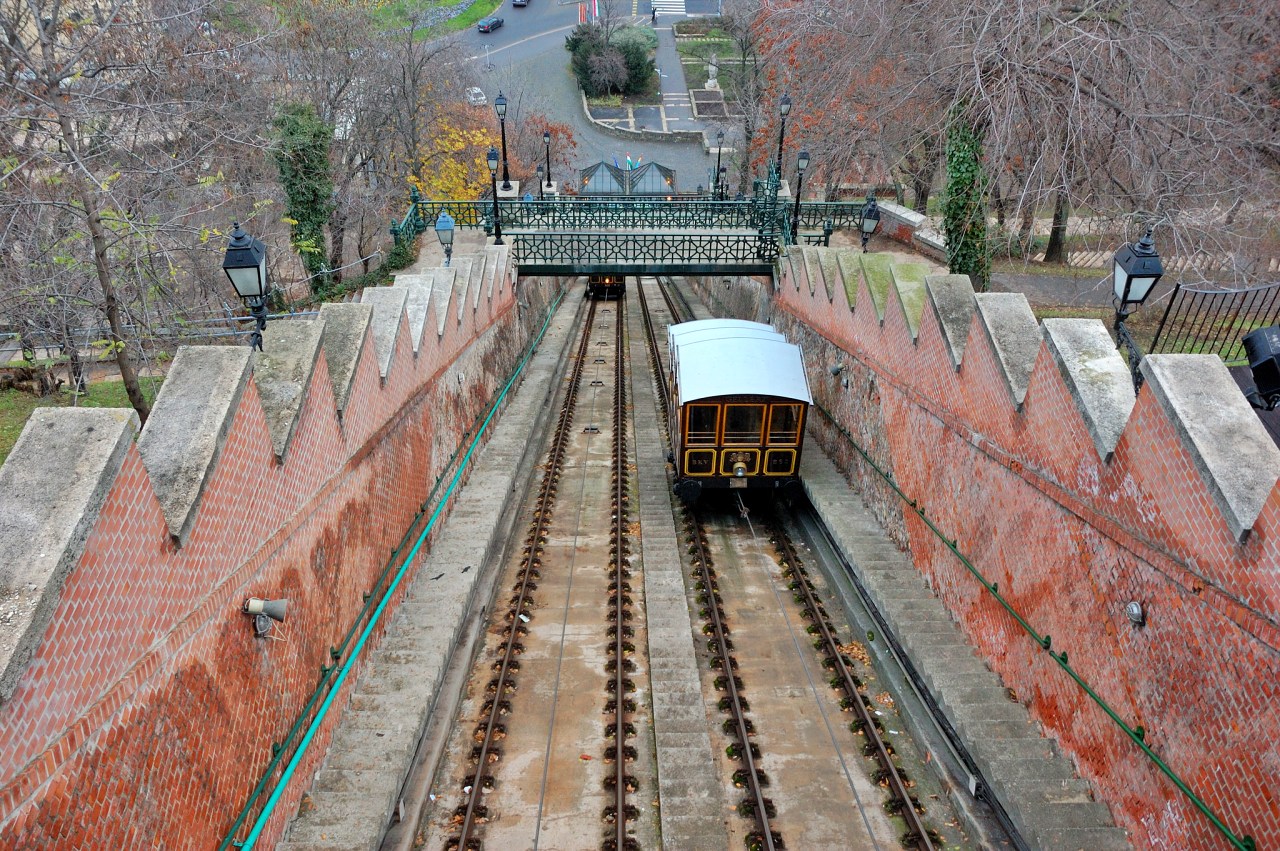
Meanwhile, at the top of Castle Hill, at almost a 40-degree incline, is Buda Castle. Back in those days there was no easy way to get there from the bridge. However, 21 years later, Europe’s second funicular railway, Budavári Sikló was opened. For around 70 years, the funicular railway took passengers up and down the equivalent of 30 flights of stairs. However, during World War II, the line was destroyed by German bombs.
Luckily, parts of the railway were salvaged from the wreckage and while it took a long time, in 1986 the funicular railway reopened on its original track, with most of its original design in place.
Nowadays, the funicular railway is operated by Budapest Public Transport and is a must-experience for visitors to the city. On the way and at the top, panoramic views can be enjoyed over the Danube and the city itself. In 1987, the Buda Castle District, including the funicular railway was added to the list of UNESCO World Heritage Sites.
4. Red Ruin Bar
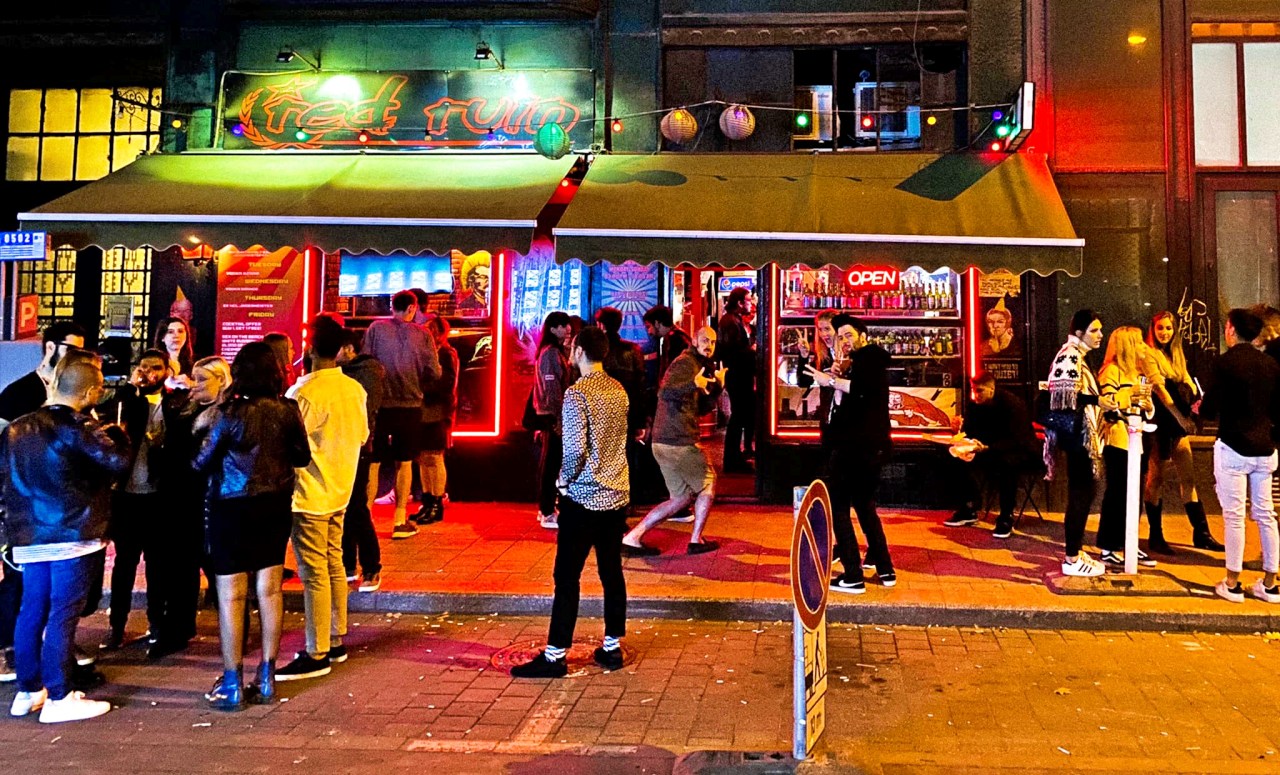
The décor delightfully takes communist propaganda and brightens it up with puns and colorful pop art. As visitors enter the bar, the first thing they see if a mural of Karl Marx, Joseph Stalin, Vladimir Lenin and Mao Zedong, all wearing birthday hats and celebrating a “communist party.”
Meanwhile, the bar also features kitsch attractions, including a cardboard poster of Marx and Lenin with a hole to put your face through for that perfect Instagram selfie. Even the drinks poke fun at communism and the “people.”
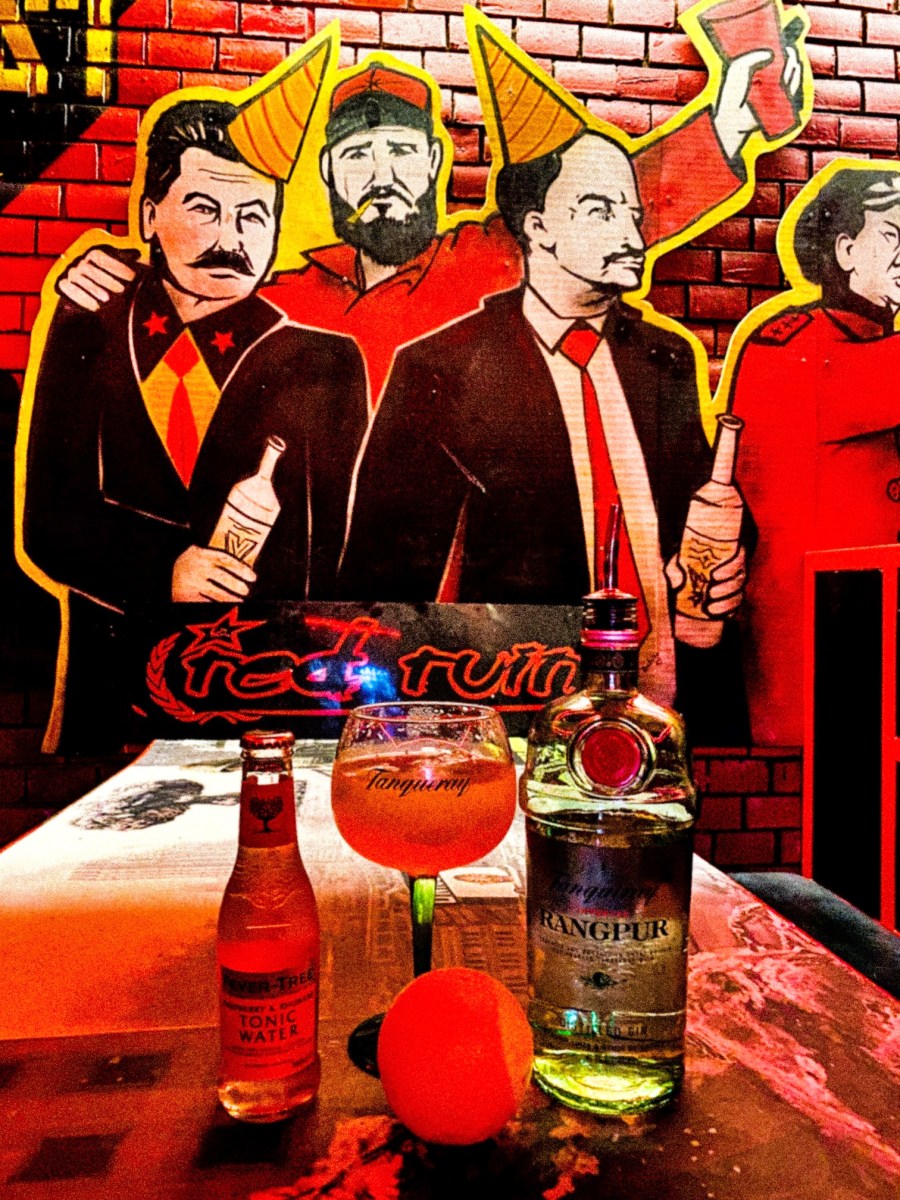 Popular with both locals and visitors, the bar bills itself as one of Budapest’s famous “ruin pubs.” These are all trending drinking places set in unused outdoor spaces and derelict buildings in the city.
Popular with both locals and visitors, the bar bills itself as one of Budapest’s famous “ruin pubs.” These are all trending drinking places set in unused outdoor spaces and derelict buildings in the city.
5. Columbo Statue, Budapest
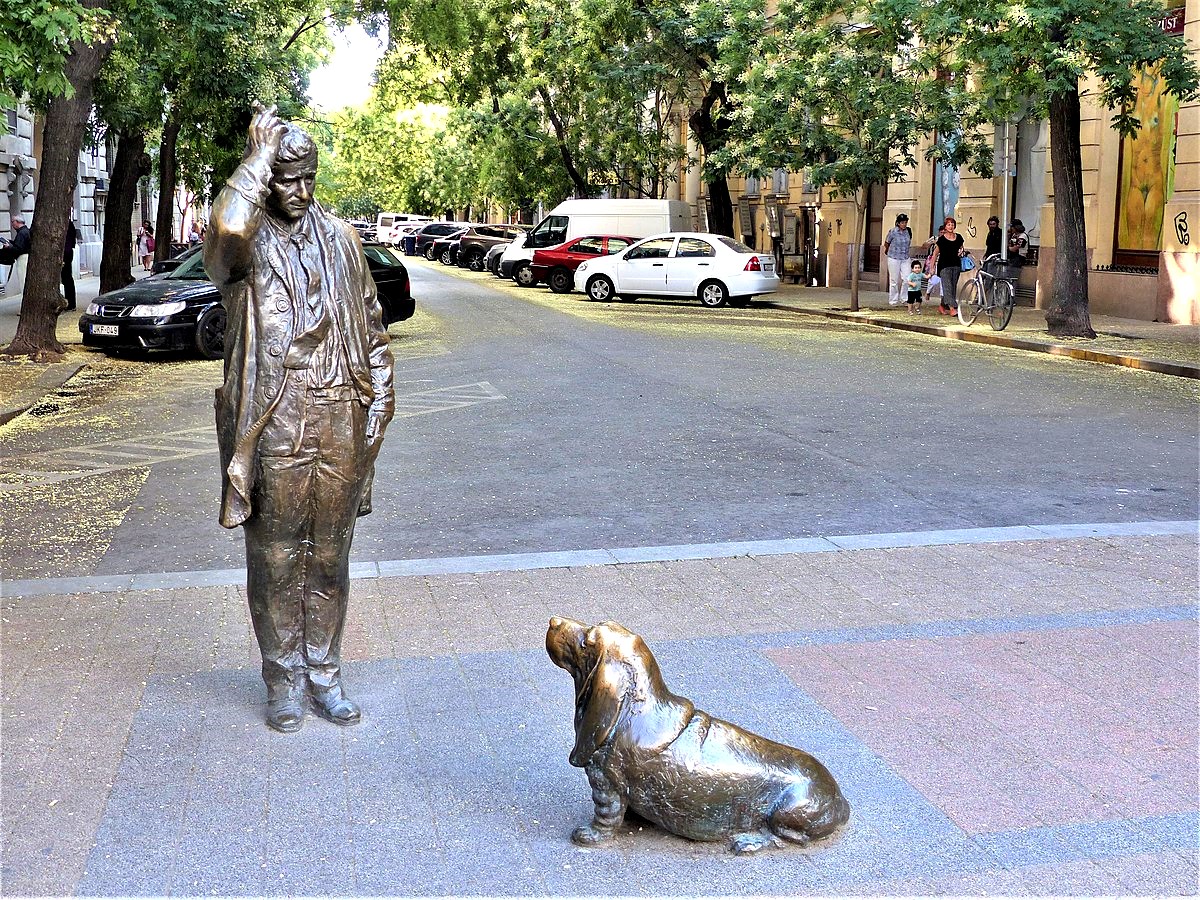
You might ask yourself, what on earth is a statue of Columbo doing in the heart of Budapest? Apparently, the actor Peter Falk could have a tenuous family relationship with a 19th-century Hungarian political figure, Miksa Falk. Meanwhile, the statue of the dog is likened to a local mutt named Franzi, who apparently came to the unveiling in 2014.
Meanwhile, the estimated cost of the Columbo statue was $63,000 and the installation was part of an overall renovation project in the area.
Make sure you visit these and other unique attractions on your next trip to Budapest, Hungary.
Be sure to check out our vlog The Go To Family. Connect with us on Instagram, Twitter, and Pinterest !




Nice post. I learn something totally new and challenging on websites